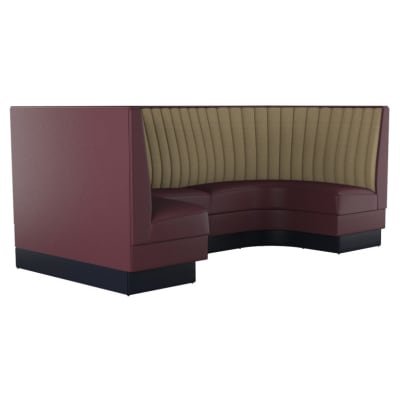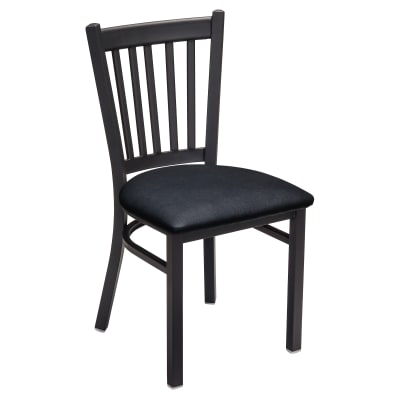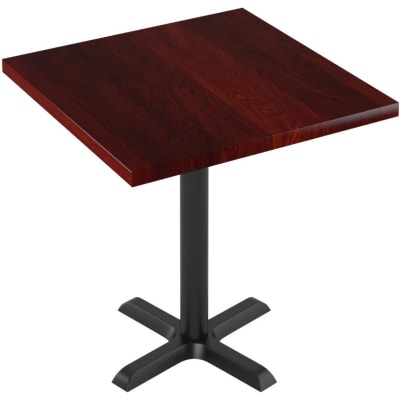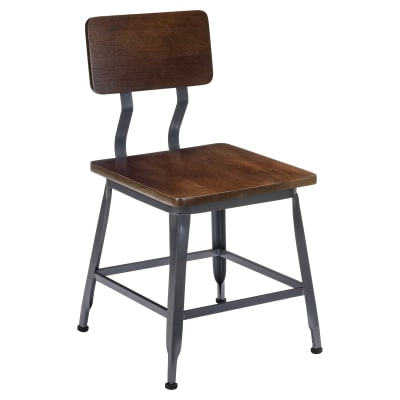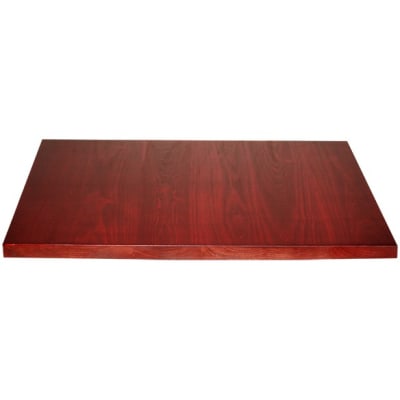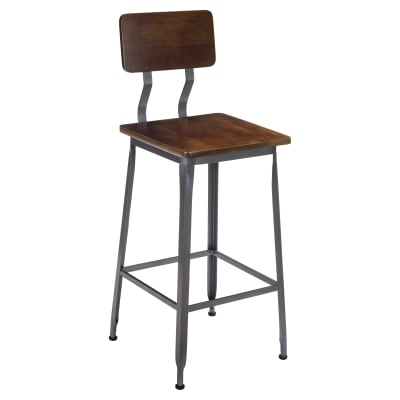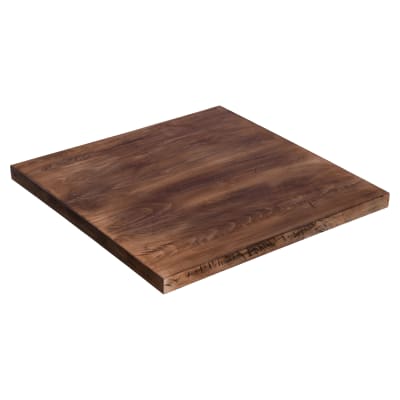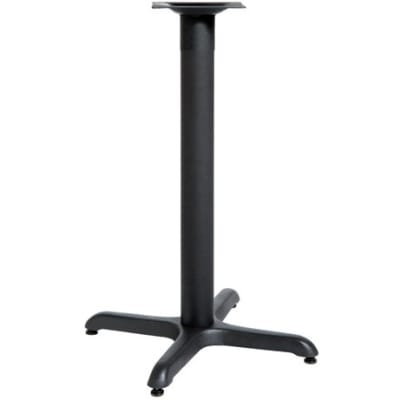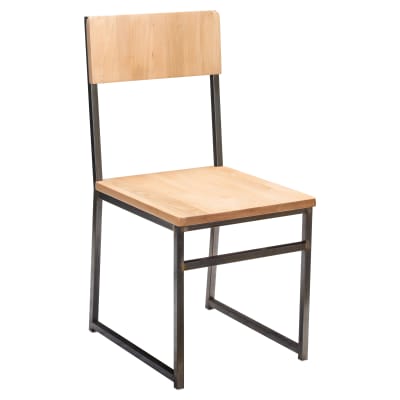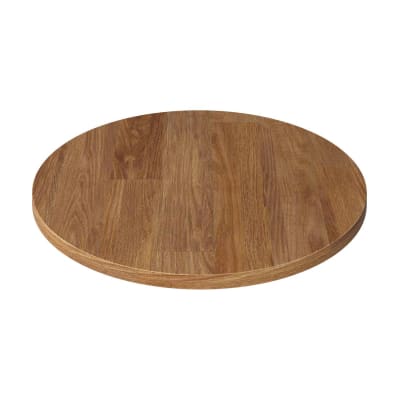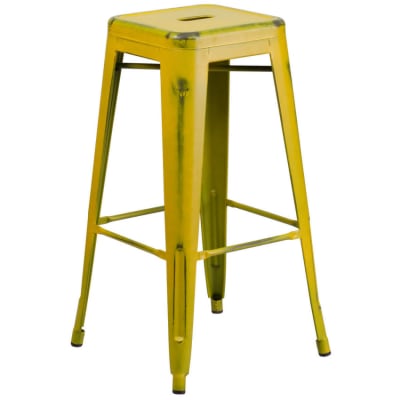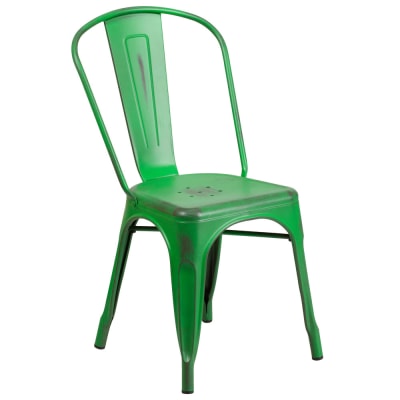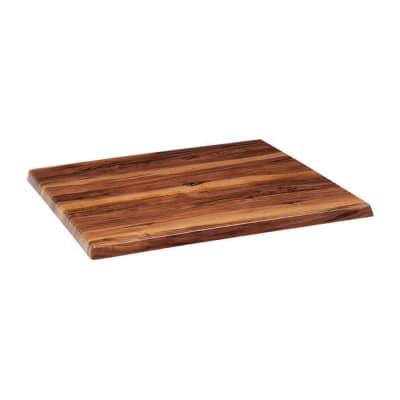While certain restaurant business aspects are evergreen, the industry trends are always changing and are on the horizon. The most successful restaurants are seeking out ways to stay ahead of competition so it should come as no surprise that there has been an uptick in request from restaurant businesses for designers and restaurant architects to incorporate the industrial style into their decor. Keeping up with emerging restaurant trends gives restaurateurs the opportunity to offer their regular customers a new experience and attract visitors looking for a change of scenery.
Industrial Restaurant Design Guide

What is Industrial Restaurant Design?
What does industrial style mean in terms of an interior design? When it comes to using industrial designs in a restaurant or bar, how do you make it a right look for your place without it coming off as a heavy handed motif? People often associate this style with lofts featuring oversized black metal windows, pendant lighting, steel pipes running through the walls and to the ceilings, raw unfinished wood and exposed bricks - something you would normally see in interior urban environments. What makes an industrial style interior design viable for restaurants and how do you integrate it into your decor with confidence?

Industrial interior decor is a frill, no-nonsense and fuss-free decor deriving inspiration from the lofty look you see at warehouses, factories and other industrial structures. It comprises of stripped back architectural details such as metal beams, steel fixtures, wood and bare bricks and can also include salvaged and recycled materials. The ever increasing popularity of this style has helped to create a few variations on the theme which include the urban, vintage, rustic and modern.
While all these styles adhere to the same basic guidelines of clear walls, minimalist decorations and mostly subdued earthy colors they are used to convey different messages when used in restaurants interior design and help send a clear message to potential diners as to the type of food and menu prices they can expect.
Key Elements of Industrial Interior Design
Interior design, in general, is based on constructional and ambiance elements that come together to create the desired look and feel in any space. Industrial interior design is no exception and it relies quite heavily on certain constructional elements for its first impression. And that is one of the things that helped to popularize it all over the world. When done right, industrial interior design manages to blend functionality with style and can be done on a budget. After all, it's cheaper to clean and re paint exposed ducts rather than pay to have them covered by a false ceiling or walls. Below are the key elements of this design style separated into their main categories:
Constructional Elements
The industrial design has become popular among most commercial venues. The blend of metal, wood, warm, contemporary, vintage and rustic characteristics offer all the pleasures and comfort in a modern looking establishment and often require fewer expenses during renovations since leaving the ventilation ducts exposed and the walls un-plastered is part of the design. Whether you are designing your venue from scratch or remodeling your space with a more industrial look, the materials and elements you chose will become an essential part of your design.

2. Exposed Bricks, Pipes and Ducts
3. Open Spaces
Suggested Items For the Look Above
Ambiance Elements
As with the constructional elements above, ambiance is a big part of industrial interior design. During the day, large windows allow natural light to flood in and reflect on the concrete and exposed metal elements providing an influx of sunshine to uplift the interior. At night, low hanging and dim lighting change the large spaces into warm and intimate settings despite their size. The light in combination with the color palette used and wood or wood like textures add warmth to what can otherwise be seen as a cold and stark interior.
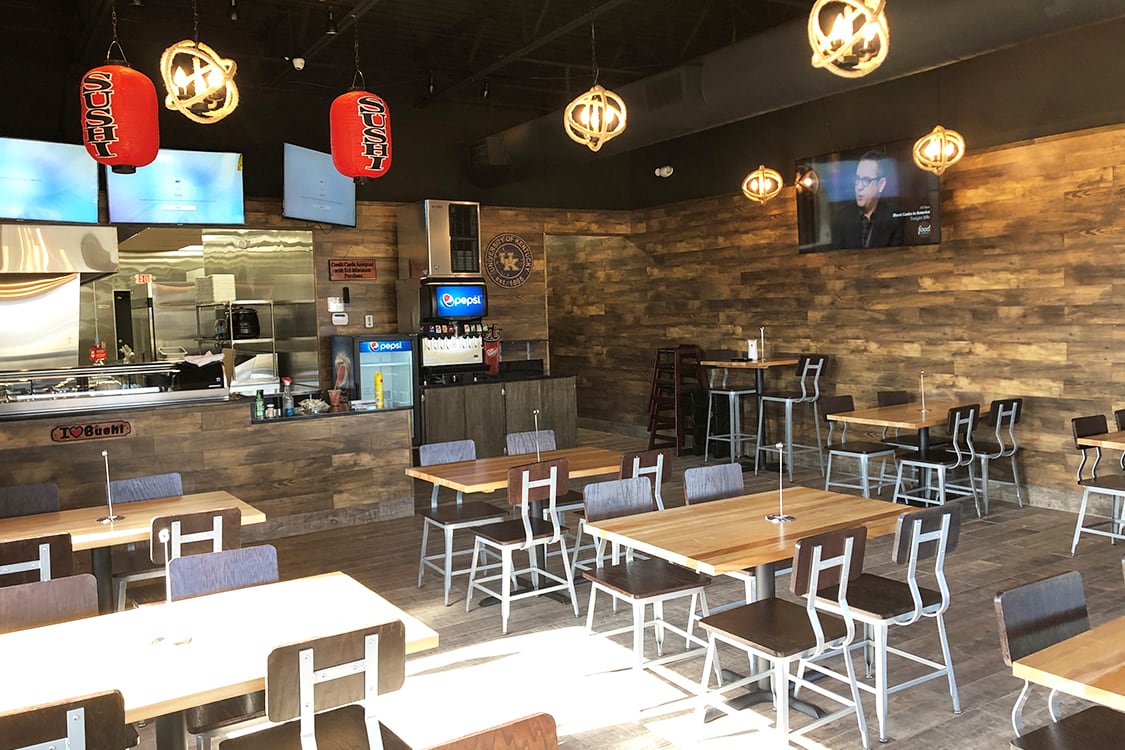
1. Lighting Fixtures
2. Neutral, Earthy Colors
3. Wood
Suggested Items For the Look Above
Industrial Design Themes
In more than one way, the industrial decor pulls from vintage, urban, rustic and contemporary styles to create its own unique look and themes. Below is a short review of some of the more popular themes to see how they differentiate in both look and feel based on the message they want to convey to their customers:
Modern
Increased in popularity for its looks, the modern design that takes on the elegant form of the furniture creates a good counterbalance with the masculine aesthetics of the industrial style. Combination of open design and industrial environment allows you to maximize your space while creating an upscale and elegant venue.
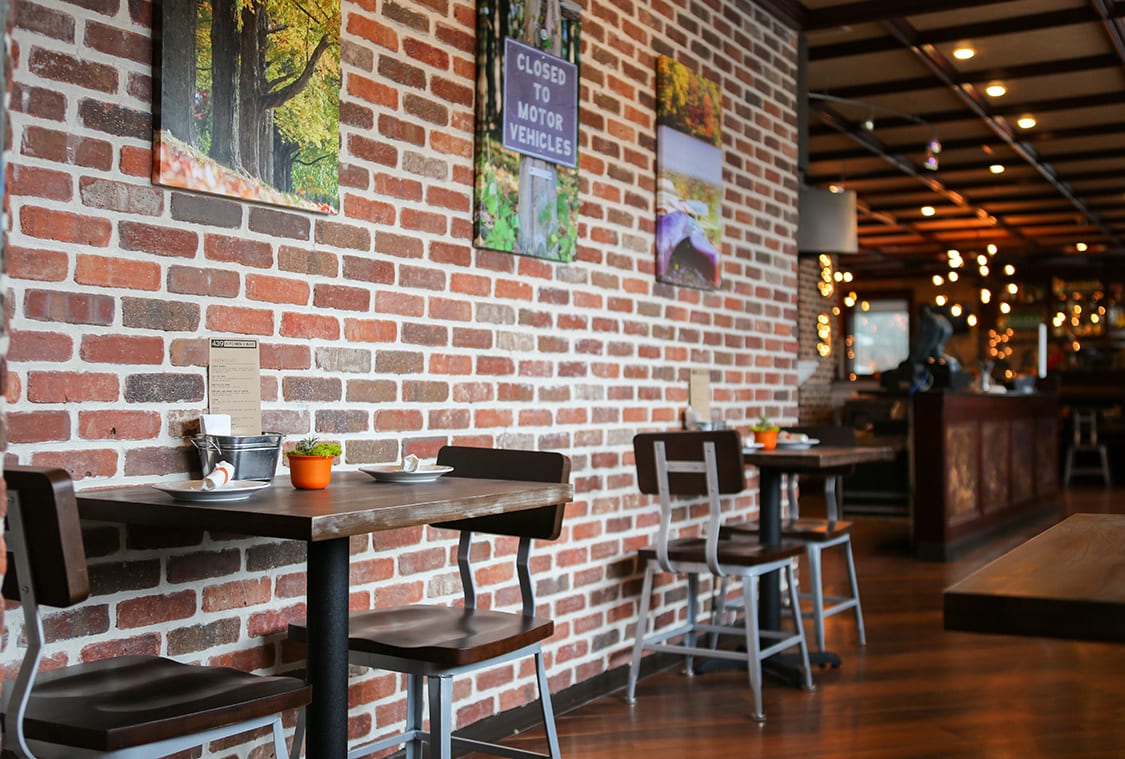
Modern industrial style is a broad design term that typically refers to a venue with a simple color palette, clean crisp lines and utilitarian materials such as concrete, natural wood and metal. It evokes a sense if simplicity in every element, including the furniture. Sleek is a commonly used word to describe a modern design and such furniture can seamlessly flow with the industrial decor due to their sharp lines.
In the example above, exposed brick walls combined with the wood and metal in the furniture and floors which combined with the warm light high up in the ceiling help to create a modern looking locale that sports an upscale look when compared to the starker classic industrial look.
Suggested Items For the Look Above
Rustic
Rustic interior is a no-fuss aesthetic that marries well with interior industrial design. The look concentrates less on cold and severe and more on refined wood, nature inspired textures, neutral and earthy tones - more farmhouse and less factory. This design showcases the beauty of subdued hues with use of natural materials such as thick wooden beams, stone, clay and brick. Emphasizing on natural and rugged beauty, the rustic industrial design creates unpretentious, organic warmth. To achieve a pastoral and rustic look for your decor, we recommend solid wood table tops that bring out the beauty of wood grain.
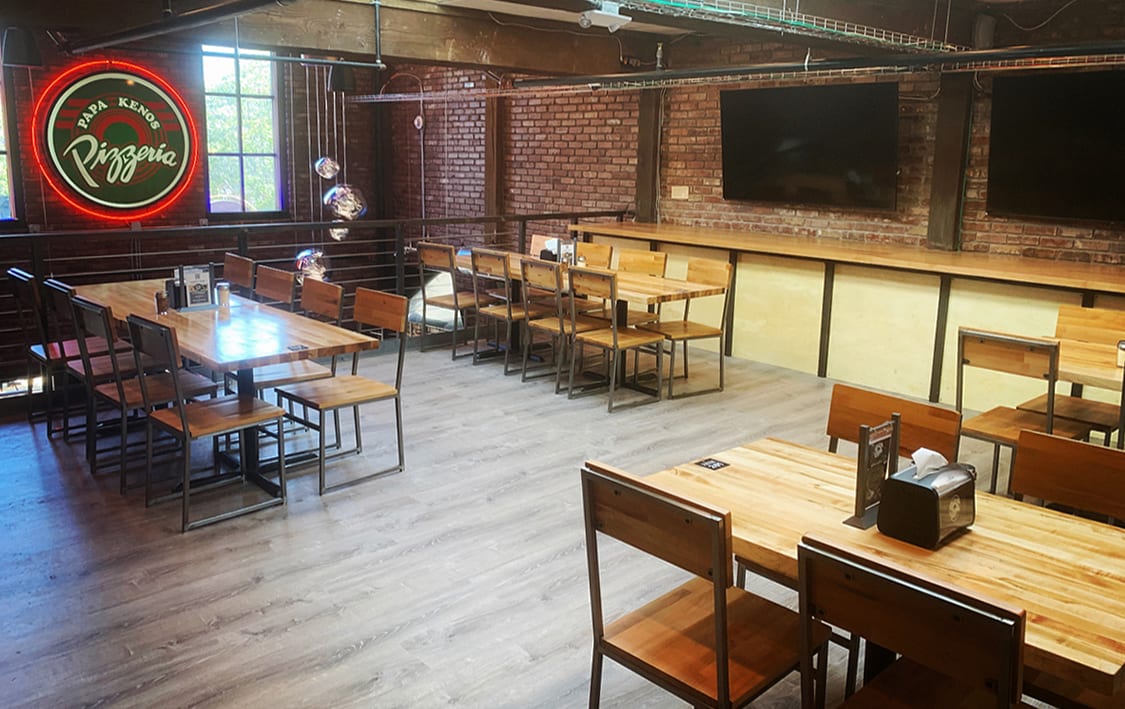
Distressed wood tables and chairs combined with unpainted metal and steel also blend in with the rustic decor and give it more authenticity. Unlike modern furniture, rustic industrial restaurant furniture has a bit of roughness to them. It looks more like it’s been handcrafted than manufactured at a factory. Versatile, warm, inviting and timeless, rustic design can be incorporated into any style, especially industrial.
Suggested Items For the Look Above
Urban
Hints of minimalism with a sense of taboo, urban industrial design brings out the best in redundant spaces, giving them a tough industrial edge. With mainstays like sweeping ceilings and exposed bricks, an urban industrial design creates a casual yet energetic atmosphere with a lot of character. Often relying on functionality, shiny metal or brighter colors and neutral tones, the urban design works exceptionally well in breweries, cafes, bistros, coffee shops, taverns and entertainment rooms.

In the above image, the corrugated metal and brightly colored distressed metal chairs and bar stools create a stark contrast with the wood wall paneling and the wood look of the resin tables. The mix of textures, simplicity of design, furnishing styles and minimalist decorations combine to create an urban eatery that sports the industrial look while adding a flare of its own using colorful furniture to do so.
Urban design can also be created through repurposed old tools and installation fixtures. Other components of an urban industrial style decor include using building infrastructure such as exposed ducts an plumbing, concrete flooring, large uncovered metal framed windows using natural light and distressed wood. Urban style restaurant tables and chairs have “unfinished” looking wood surfaces layered with protective coating supported by metal frames. With unique curated furniture like geometric patterns, natural wood and grain, and metal, the urban style gives your venue an ahead-of-trend edgy yet minimalist appearance that is sure to transform your space into a welcoming environment.

